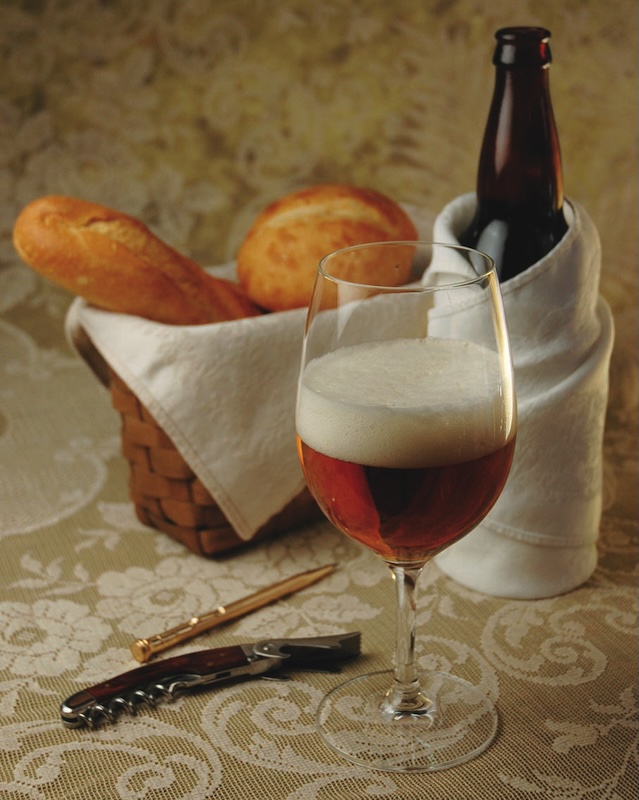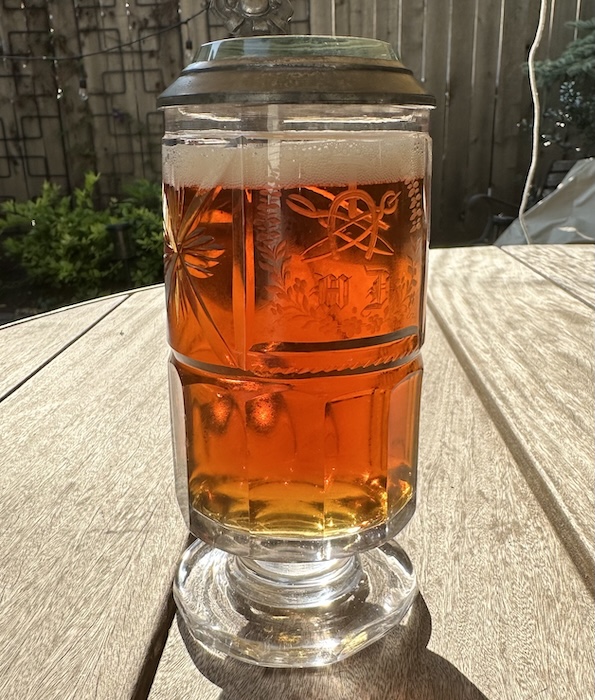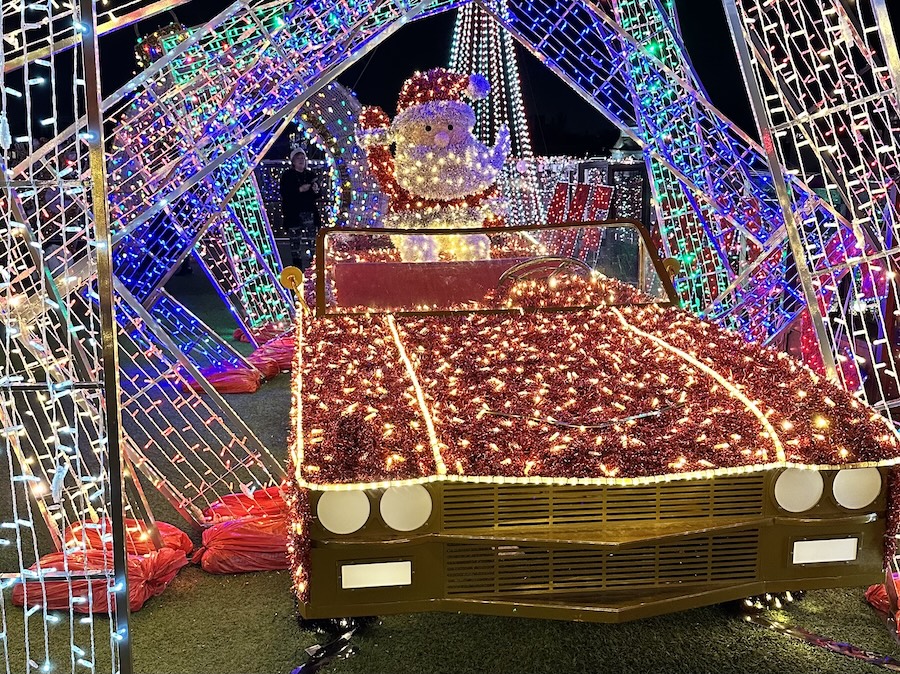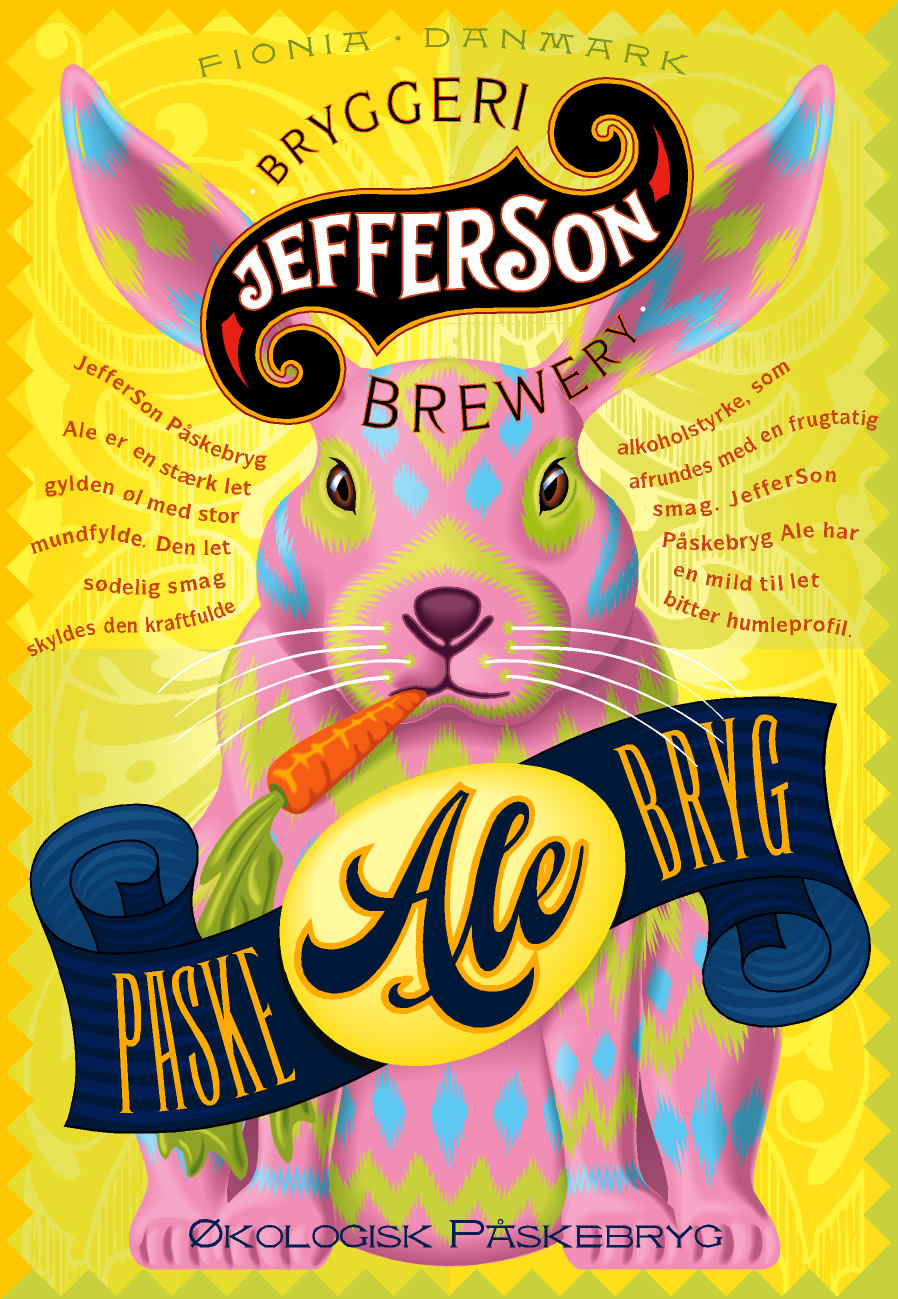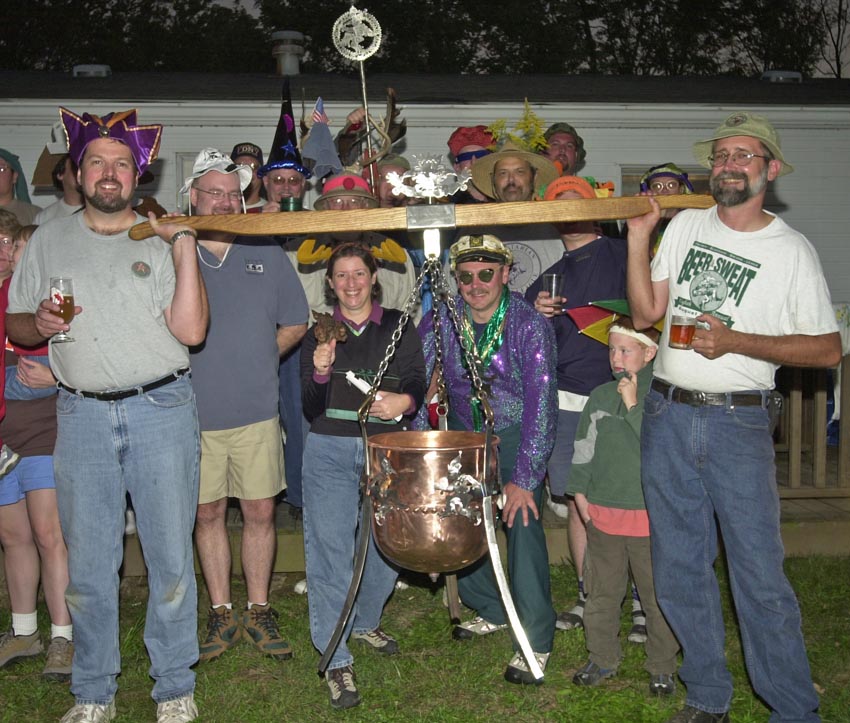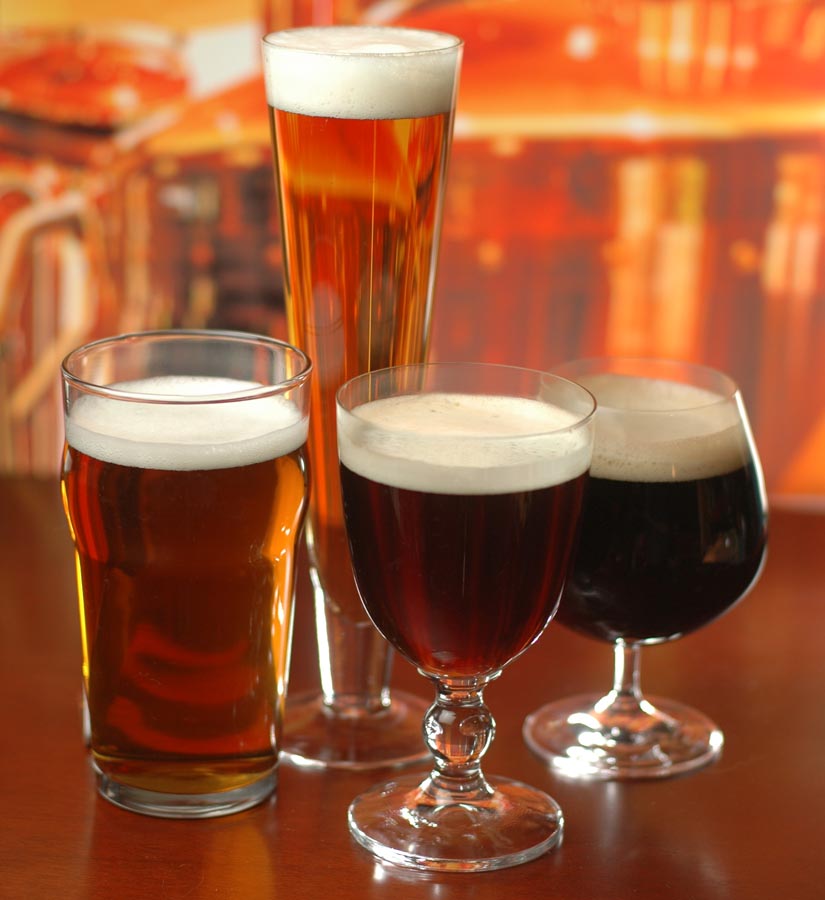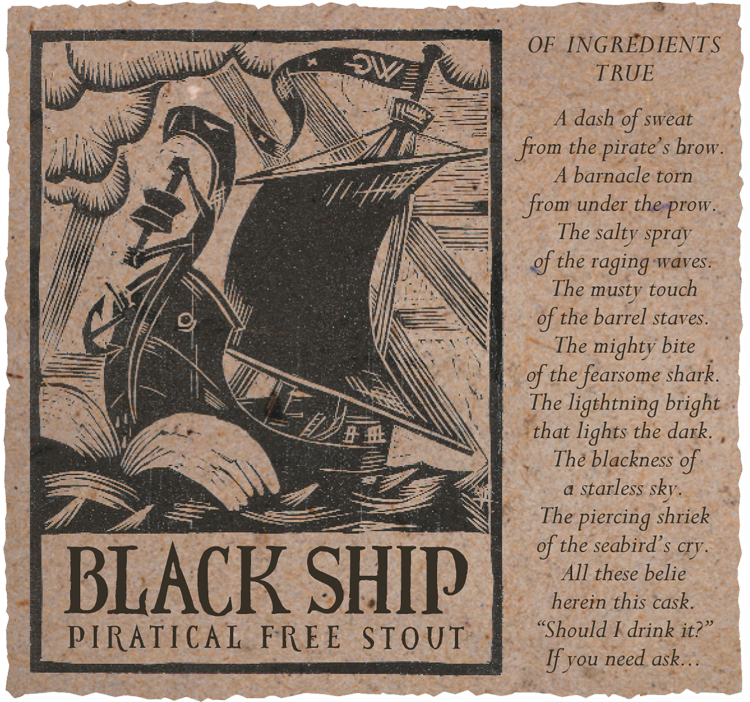Beer & Cheese: A Perfect Partnership
Specialty cheese-makers are starting to realize beer is a natural companion and great selling tool. And as I myself have found out, it’s a small and comfortable step from beer lover to beer and cheese aficionado. A few are starting to pick up on this. Rogue happens to be the name of both a creamery and a brewery, although they do not share ownership. But the two have been working a lot together to spread the message of great beer and cheese.

